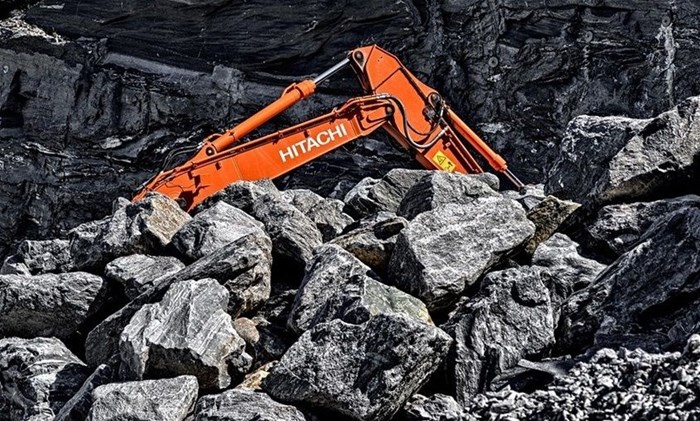
Top stories


LegalNigeria to implement new tax laws from January 1 despite calls for delay, Tinubu says
Camillus Eboh 1 day

Year-on-year production fell by 3,3% in January 2019, according to Statistics South Africa, with downtime, power outages and uncertainty around regulatory policies significantly hamstringing the sector’s production.
Addressing the major constraints impeding the sector’s growth and development could result in an annual expansion of between 3% and 4% up to the year 2020, and the creation of thousands of jobs and greater potential investor interest.
One of the major contributors to losses in productivity and profit is downtime, and on the surface, this is attributed either to maintenance or mechanical failure, with these alone having a significant impact on production and profitability. However, a deeper look into the actual typical operating conditions in the mining environment reveals that there are levels of downtime beyond these two.
A closer approximation of actual production time can be reached by applying an OEE (Overall Equipment Efficiency) analysis on a calendar time-based approach, as opposed to a loading time-based approach since the latter is based on theoretical total time and is more likely to give an inaccurate reflection of actual production capacity.
Additional factors affecting the sector
With a calendar time-based OEE analysis, then, a number of additional factors affecting productivity are taken into account:
From this, it is clear that the true cost of downtime is notably higher in reality than in theory, and since many of these factors are beyond the control of managers and personnel, it clearly illustrates the importance of quality and reliability of the equipment itself to the overall viability of a mining enterprise.
Hitachi Construction Machinery supplies one-third of all the hydraulic mining excavators in the world – a fact due in no small part to the strength and reliability of Hitachi machines.
In fact, it is thanks to the overall longevity of Hitachi’s machines, and the fact that customers get far more than expected from their purchases; the modular designs employed in the newer technology machines, in particular, make for timeous and effortless maintenance routines, which play a significant role in production optimisation.
Superior horsepower output, efficient engines, ergonomically designed cabs, advanced hydraulics, tough frames, and powerful arm- and bucket-digging forces make for formidable, robust machines that maximise production time to get the job done. This also makes for a lower total cost of ownership, as the customer benefits from additional value over time.
For example, a renowned mining customer has reported seeing extended life on main components purchased with the equipment such as the rigid dump truck wheel units, on which they have achieved in excess of 25,000 hours through the application of class-leading maintenance tactics in partnership with Hitachi’s site support personnel.
With a very closely managed and monitored maintenance plan, they aim to manage these components to 50,000 hours. Ultimately, it is through a willingness to receive customers’ feedback and then incorporating it into their vigorous and ongoing R&D processes that Hitachi is able to optimise their machines and offer exceptional value.